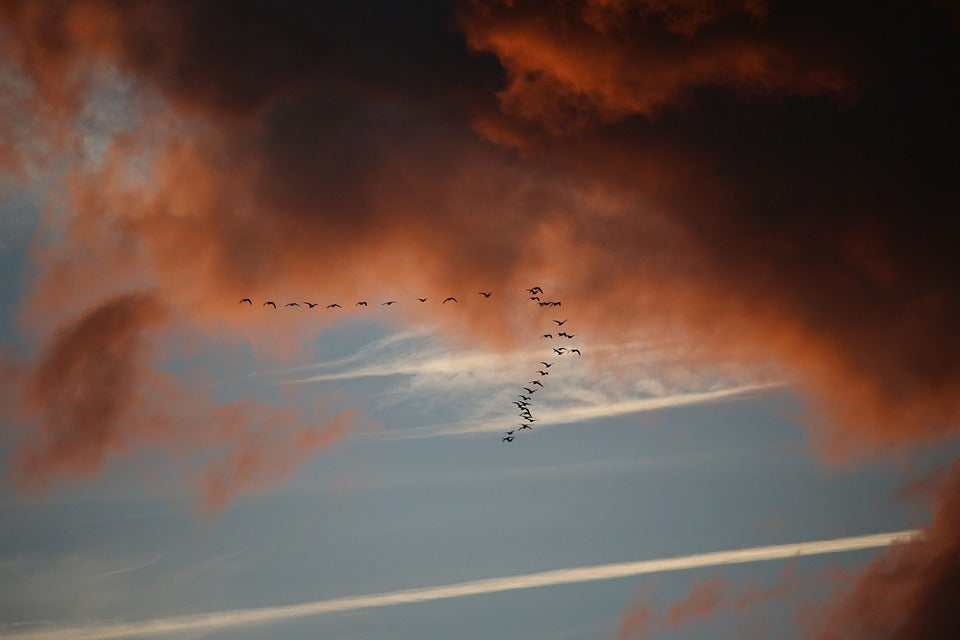Offer
Provide additional details about the offer you're running.
Provide additional details about the offer you're running.
Provide additional details about the offer you're running.

Given the time of year, we thought it to be a perfect time to gather some unique and interesting facts you might not have known about bird migration. As most of us are more than familiar with the term migration, these fun facts may just add a little extra enjoyment to this splendid time of year!
Depending on the total distance, flight speed, route, and stopovers, the time it takes a single bird to complete a one-way migration can range anywhere from a few weeks to up to four months!
During migration, birds depend heavily on the stars, sun, wind patterns and landforms to guide them to the same locations each year.
There are species of birds who cross an ocean during their migration route (transoceanic migrants), and they typically must remain in the air for up to 100 hours before taking a break on land!
There have been recorded instances where birds were migrating at up to 29000 feet. The typical migration flight height is lower than 2000 feet, which is dependent on wind patterns and landforms that can create obstacles (think mountain ranges etc.).
The Ruby-Throated Hummingbird makes his way from Mexico to the southeastern US every spring, where flight times are about 24 hours over the beauty of the Caribbean Sea.
Most think that migration only takes place two times a year, in the fall and spring. The fact is; there are birds migrating 365 days a year, all depending on different factors like species, distance, travel speed, route, climate and more.
Talk about good mileage…migrating birds can put on anywhere from 15-600 miles in one day during migration.
Most migratory bird species are equipped with long, pointed wings, giving these species a more aerodynamic design for an efficient and safe flight.
Before each migration, a bird will enter a state known as hyperphagia. This causes birds to increase their body weight and store fat for increased energy levels for long flights.
Banded groups of Arctic Terns have a recorded round-trip migration of roughly 22000 miles (35405 km), the longest recorded migration of any bird on the planet
High Quality Blend